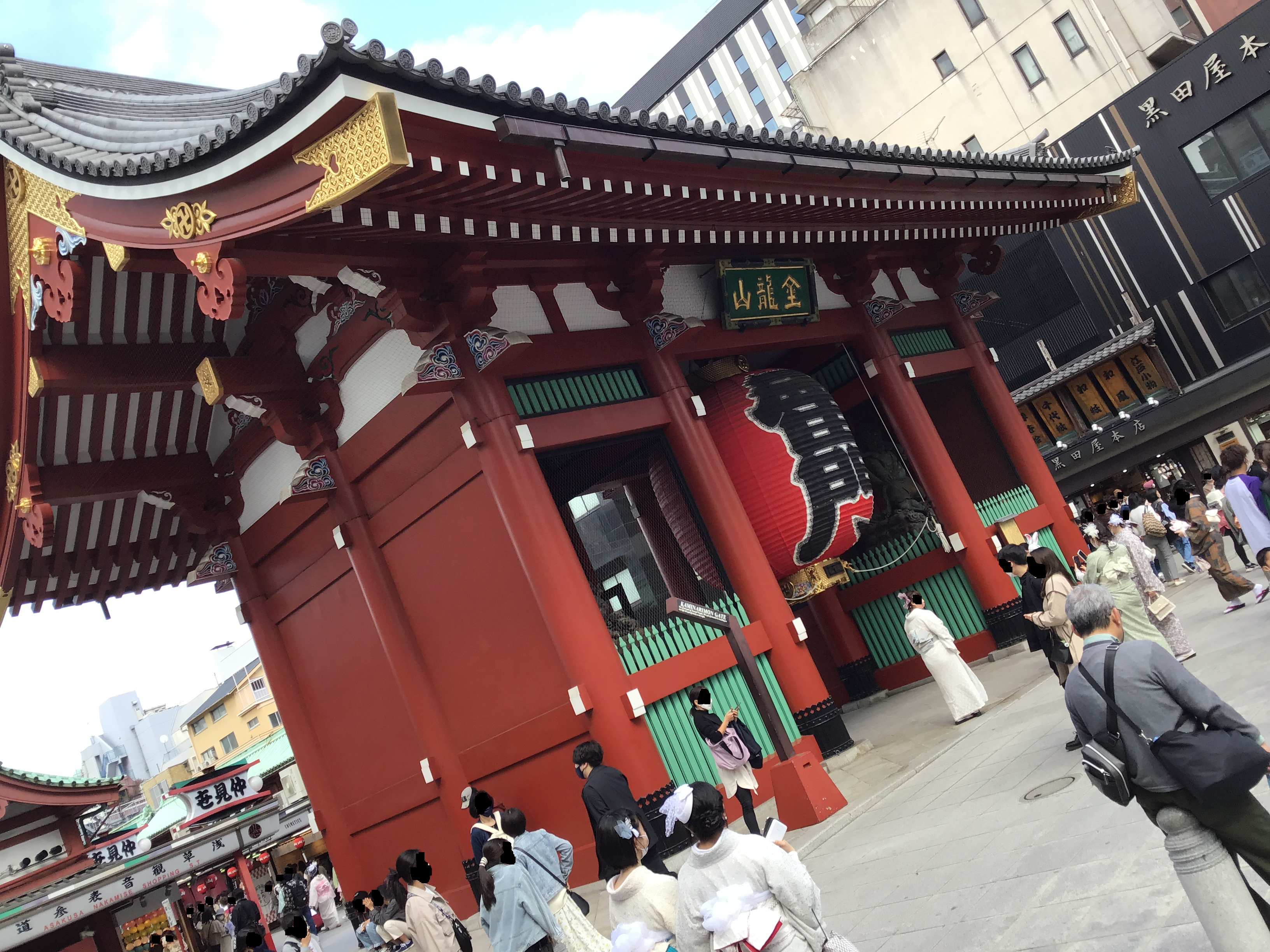
My wife and I went to Tokyo last April on a trip organized by the event department of her work. We rode a tour bus to Tokyo and then went on a bunch of day trips (or half day trips) for a couple of days and then went back. On the way there, the bus left at 10:00 PM, so it seemed faster because you could just sleep through a lot of the boring road part. Each time I take long trips where I have to sit in a seat for hours, I think that I never want to to it again. Now I understand why people are willing to pay for first class: the Shin (bullet train) has seats that are like those that I've seen in first class. They have more room and I have to work to try to stay awake in them. International flights that I have taken (the trip here being the exception) have also been nice in that regard, they are generally more comfortable, less drive-you-crazy with the hours of waiting. The tour bus is not that comfortable, and while I don't get sick on planes anymore (used to get a little motion sick the first couple of times I flew), I get motion sick reading in cars. Suffice to say it was a long trip there, with not a lot to do but sit in uncomfortable seats for hours and try to sleep. My wife's going to Tokyo to see Mount Fugi next month, but if I go, I'm going to take the Shin, even if it cost more.

One of the stops on the tour was Asakusa Shrine. The scheduled stop was for about 90 minutes, if memory serves, but we were hungry, so we found a place to eat nearby. The food was fantastic, as most Japanese food in Japan is. There are some places that I have gone that were trying to do something fancy and international, but it's not what I'm expecting or interested in, so I typically don't enjoy them. The place that we went to had normal Japanese food, so it was wonderifly made. None of that has anything to do with the picture above, though, except to explain why I don't know anything about it. I've seen people go here in travel videos, but I have no idea why it's important. Torii Gates are important in the Shinto religion, but I'm not 100% certain that it's even a Torii gate. It's much thicker than a normal Torii gate, but it's the same general shape.

Torii gates don't have that giant bell hanging in the middle. I like the ridiculously oversized nature of the gates. They give the impression that you are a stranger in the house of a giant, and that you should behave or else you will get stepped on. I can imagine that those religions that have survived the centuries could lean on that as a way to control people: if you step out of line, the supernatural will come for you. Gods, or spirits, balance, energy, whatever the religion calls it, if you don't follow the rules, you will be punished by the supernatural. Just look at that giant structure, don't you feel vulnerable next to it? I'm not saying that the people who build the structure in the first place had that thought in mind, just that once they built them, someone looked at them and said, "Yep, that's going to support my narrative," and ran with it.

Like many things in Tokyo, this shrine felt really, really big. Unlike most of the stuff we saw in Tokyo, it didn't fell large because it went vertically up. It's all flat. Most of the stuff that we saw was built upward. Tokyo is packed really densely together. The fact that this was all laid out flat with nothing above or below it demonstrates the significance of it.
That's all I got for this post. The Tokyo trip was a lot of fun, so I'm looking forward to writing more about it, now that I've gotten started.
At the time of this post, SarisonZero lives and works in Japan. Over the weekend, he played DnD with Japanese people for the first time.